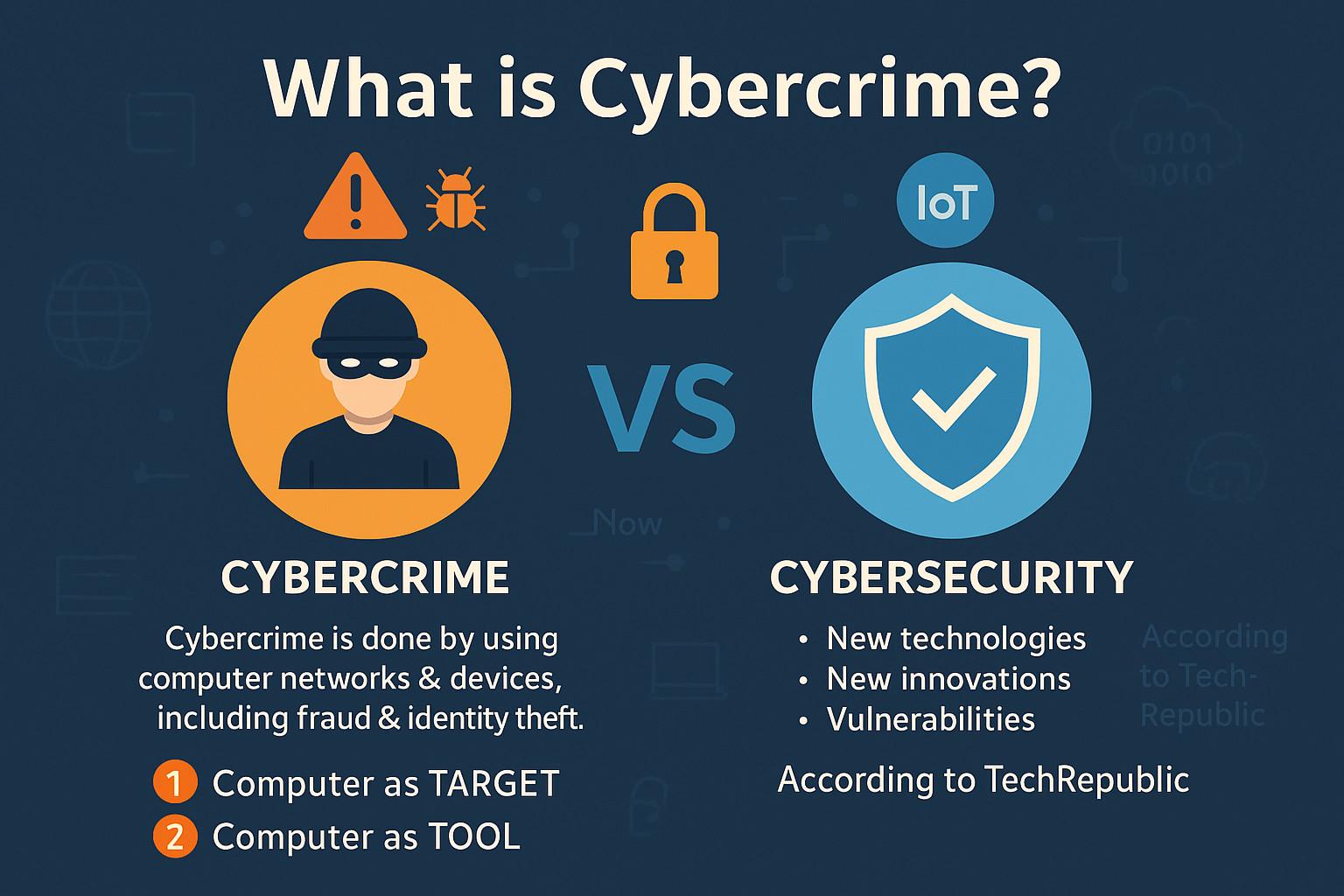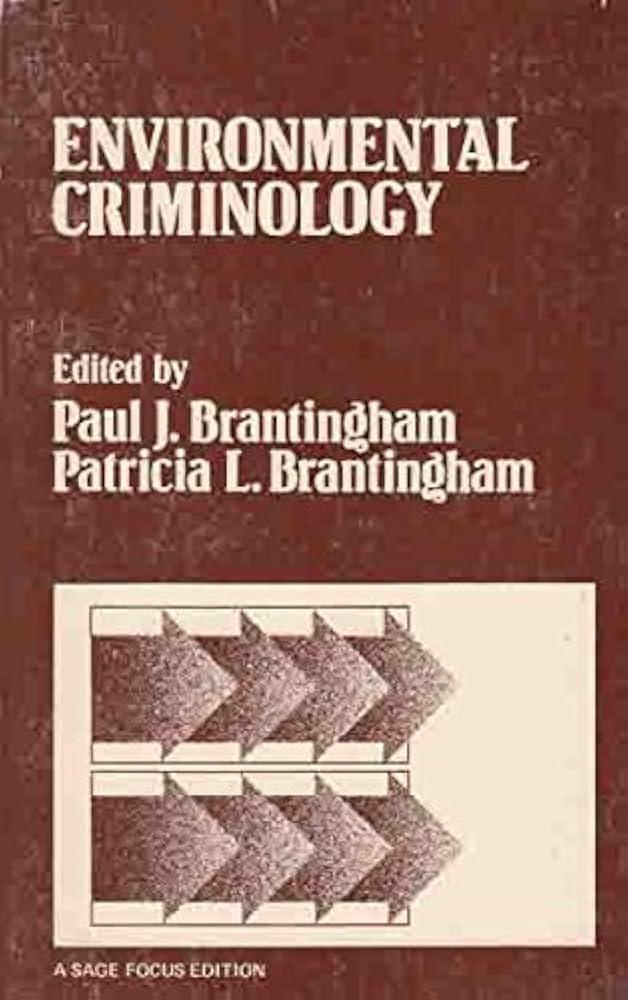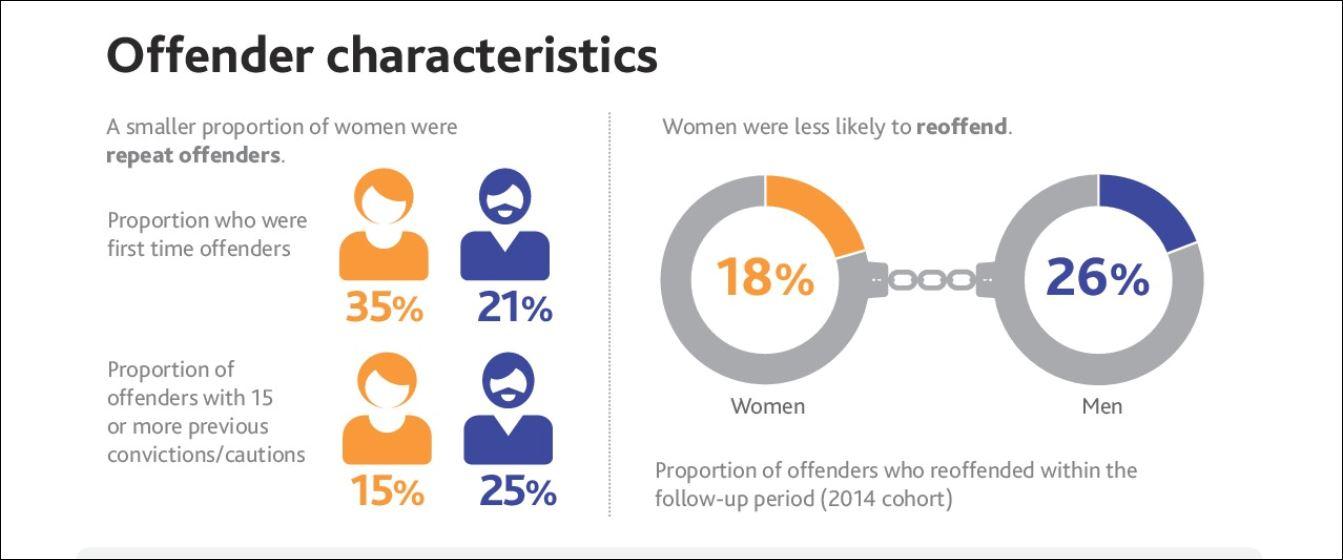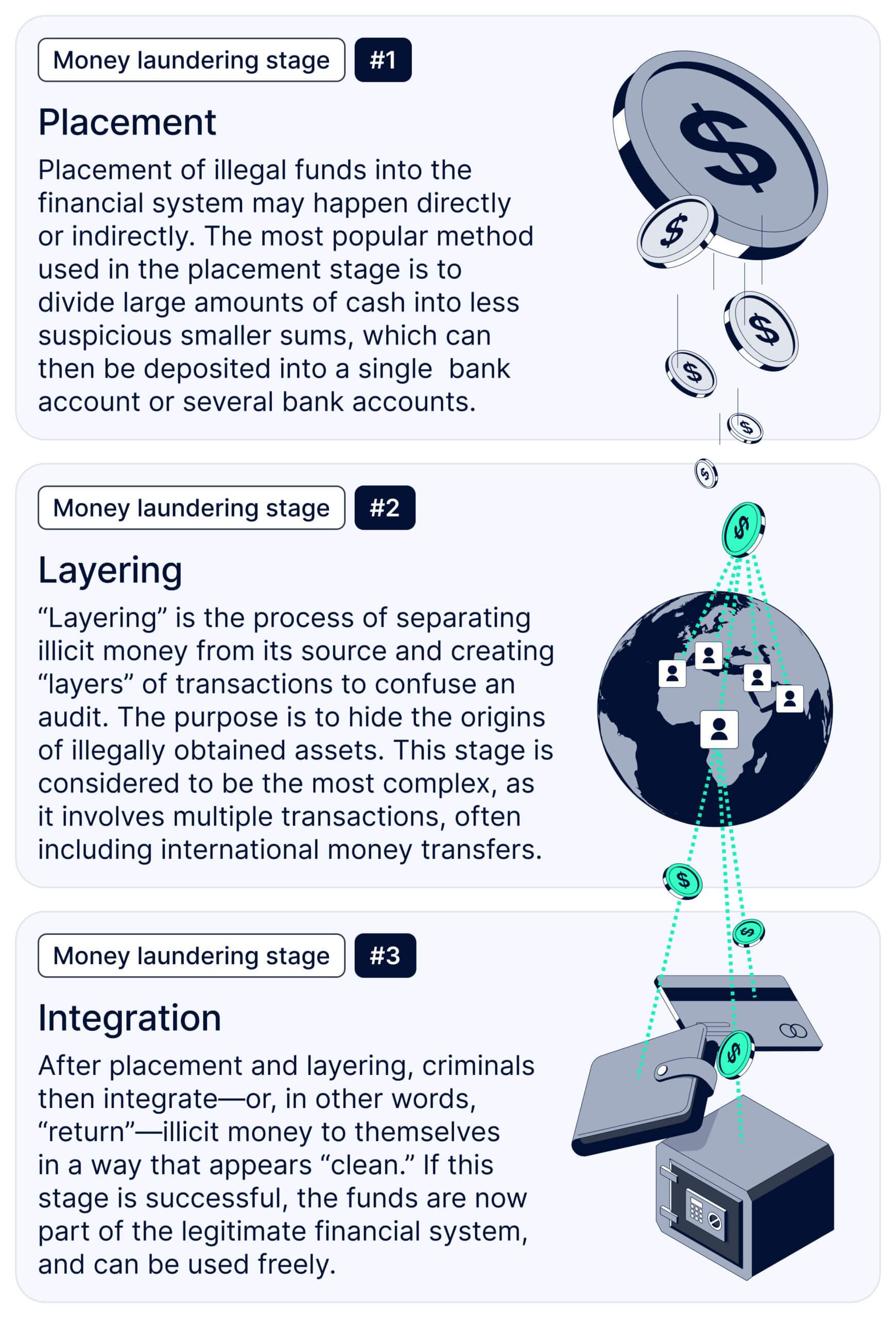Step behind the shadows and into the secretive realm of weapons smuggling, where danger, deception, and high stakes intertwine in a deadly game. Crime groups around the world have turned the illicit arms trade into a complex underground network, fueling conflicts and empowering outlaw factions in ways that most of us never see. But how exactly do these shadowy operations function? Who are the key players, and what ingenious methods do they use to move deadly cargo across borders undetected? Join me as we peel back the layers and explore the fascinating-and frightening-world of weapons smuggling by crime groups.
Table of Contents
- The Hidden Routes Where Illegal Arms Travel
- How Crime Syndicates Exploit Technology to Move Weapons
- The Impact of Weapons Smuggling on Global Security
- Strategies Experts Recommend to Combat Illegal Arms Trade
- The Way Forward
The Hidden Routes Where Illegal Arms Travel
The clandestine paths through which illegal arms navigate often remain shrouded in mystery, stretching across continents and weaving through urban centers and remote landscapes alike. These routes exploit geopolitical blind spots-dense jungles, unregulated border crossings, and even legitimate ports where customs oversight is lax or corruptible. Smugglers harness an intricate network that melds outdated trade routes with modern-day digital cover-ups, making detection a near-impossible game of cat and mouse. What’s striking is how adaptive these routes are; when one pathway is shut down, another, often more obscure one, instantly takes its place, evolving with changes in law enforcement tactics and global conflict zones.
Key characteristics defining these secretive veins include:
- Use of small-scale transport methods like motorbikes, canoes, and drones to dodge major checkpoints
- Collaboration with local militias or criminal gangs that provide protection and logistical support
- Camouflage techniques involving hidden compartments in commercial shipments or disguised packaging
- Exploitation of legal loopholes in arms trading regulations between countries
What emerges is not just a route map but a shadowed ecosystem where every stop-whether a nondescript warehouse or a high-tension border town-plays a significant role in the survival of illicit arms flow. This silent, fluid marketplace thrives on invisibility and rapid transformations, making the fight to curb it as complex as the geography it spans.
How Crime Syndicates Exploit Technology to Move Weapons
In the shadows of the digital age, crime syndicates have harnessed cutting-edge technology to orchestrate the clandestine movement of weapons with alarming precision. Sophisticated encrypted communication channels allow these groups to plan operations without the risk of interception. This secure messaging technology, often embedded in darknet networks or disguised within popular apps, enables traffickers to coordinate international shipments seamlessly. Additionally, GPS spoofing and drone technology have emerged as game-changers, enabling smugglers to track shipments and avoid detection through traditional law enforcement methods.
Beyond communication and navigation, these organizations have tapped into advanced logistics software and AI-driven analytics to optimize their routes and timing, minimizing exposure and enhancing delivery success rates. Noticeably, 3D printing is disrupting the conventional arms market by allowing syndicates to manufacture untraceable weapon components on-site. Their toolkit commonly includes:
- Encrypted cryptocurrencies for anonymous financial transactions
- Remote-controlled drones for package drop-offs in inaccessible locations
- Deepfake technology to forge documentation and evade customs scrutiny
The Impact of Weapons Smuggling on Global Security
Weapons smuggling fuels instability worldwide, empowering criminal networks and insurgent groups who operate beyond the reach of law enforcement. These illicit arms flows not only escalate violence but also hinder peace-building efforts in fragile regions. The permeation of smuggled weapons into conflict zones can drastically prolong warfare, transforming localized disputes into prolonged humanitarian crises. A key driver behind this dark trade is the lucrative profit margin that criminal organizations exploit, often using sophisticated routes that traverse multiple countries.
Consider the kaleidoscope of consequences triggered by unchecked weapons trafficking:
- Destabilization of governments through funding armed rebellions and undermining state authority.
- Proliferation of extremist groups equipped with advanced weaponry, escalating terror threats globally.
- Hindered economic development as insecurity discourages investment and disrupts livelihoods.
- Challenges to international diplomacy due to the complexity of tracking and intercepting illicit arms shipments across borders.
Strategies Experts Recommend to Combat Illegal Arms Trade
Experts in law enforcement and international security advocate for a multifaceted approach to dismantle the networks fueling illicit arms distribution. One key strategy lies in enhancing international cooperation, enabling intelligence-sharing between countries to trace weapon flows across borders swiftly. By integrating cutting-edge surveillance technologies and data analytics, agencies can predict trafficking patterns and intercept shipments before they reach criminal hands. Moreover, fostering partnerships with private sectors, including logistics companies and financial institutions, helps identify suspicious transactions and movements often overlooked in traditional investigations.
Beyond enforcement, specialists emphasize the importance of addressing the root socioeconomic factors that create demand for illegal weapons. Community engagement programs aimed at education and economic empowerment can reduce the allure of armed conflict and criminal involvement. Simultaneously, policymakers push for strict regulation and control of legal arms markets to prevent leakages into illegal channels. These combined efforts form a proactive framework, blending prevention, disruption, and rehabilitation to gradually erode the infrastructure sustaining weapon smuggling networks.
The Way Forward
Peering into the shadowy realm of weapons smuggling reveals a complex web woven with danger, cunning, and relentless demand. These underground networks operate silently yet powerfully, shaping conflicts and fueling crime across the globe. While the scale and sophistication of these operations continue to evolve, so does the need for vigilance and smarter solutions to stem the flow. As curious minds, it’s crucial to stay informed and question how international efforts can outpace these illicit trades. After all, understanding the secrets behind the smuggling game is the first step toward dismantling it. Stay tuned for more deep dives into the hidden corners of the world’s most pressing issues!










